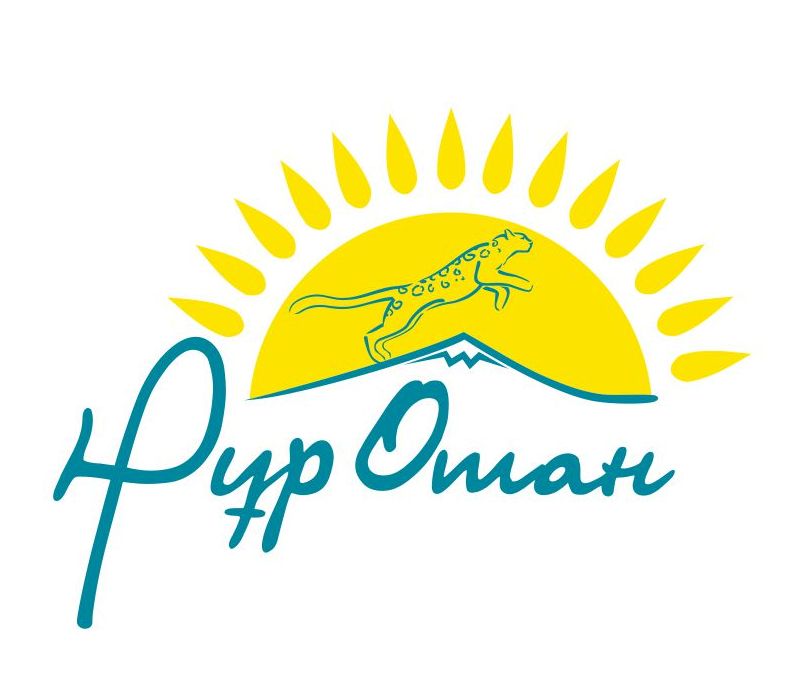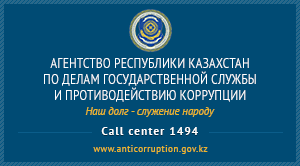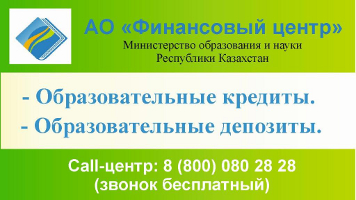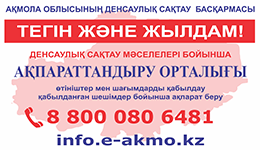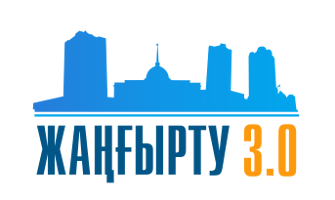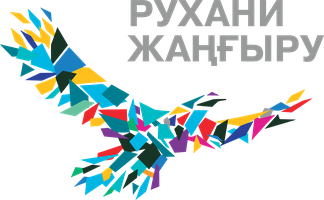
Педагогическая статья «О различиях и возможных сходствах в системе образования некоторых англоговорящих стран и Казахстана с Россией»
«Взяв для образца некоторые тексты по системе образования, у меня не было определенной
цели по переводу, а скорее пониманию, осмыслению происходящего вокруг нас изменения образовательной конъюнктуры.»
Слова, схожие
с нашей системой образования:
1. Kindergarten – детский сад
2. Infant school –подходит
как предшкола, нежели ясли
3. Primary school либо elementary school –подходит
как начальная либо основная школа
4. Secondary school либо high school (в Австралии
просто high) –больше подходит как средняя школа
The Educational System of
Great Britain
The
educational system of G.B. is extremely complex and bewildering. It is very
difficult to generalize particular types of schools as schools differ from one
to the other. The department of education and science is responsible for
national educational policy, but it doesn't employ teacher or prescribe
curricula or text books.
Each school
has it's own board of governors consisting of teachers, parents, local
politicians, members of local community, businessmen and sometimes pupils.
According to the law only one subject is compulsory. It is religious
instruction.
Schooling
for children is compulsory from 5 to 16, though some provision is made for
children under 5 and some pupils remain at school after 16 to prepare for
higher education.
The state
school system is usually divided into 2 stages (secondary and primary). The
majority of primary schools are mixed. They are subdivided into infant schools
(ages 5 to 7), and junior schools (ages 7 to11). In junior schools pupils were
often placed in A,B,C or D-streams, according to their abilities. Under the
pressure of progressive parents and teachers the 11+ examination has now been
abolished in most parts of the country. There are several types of schools in
G.B. Grammar schools provide an academical cause for selected pupils from the
age of 11 to 18. Only those children who have the best results are admitted to
these schools. They give pupils a high level of academic education which can lead
to the university.
Technical
Schools offer a general education with a technical bias and serve those pupils
who are more mechanically minded. The curriculum includes more lessons of
science and mathematics. Secondary modern schools were formed to provide a
non-academic education for children of lesser attainment. The curriculum
includes more practical subjects. Comprehensive schools bring about a general
improvement in the system of secondary education.
Ссылка: https://www.native-english.ru/
Школьный
возраст детей в Великобритании с 5 лет до 16. В возрасте от 5 до 7 лет дети
посещают infant schools, а в 7-11 лет junior schools.
С 11 до 18 лучшие ученики после
сдачи exam,
могут обучаться в Grammar schools.
Которые обучают учащихся академическому
образованию на высоком уровне, чтобы поступить в университеты. Technical Schools дают
возможность получения технического образования британцам. Secondary modern schools дает неакадемическое образование и
широко используются практические предметы.
Education in the USA
The American system of school education differs
from the systems in other countries. There are state public schools, private
elementary schools and private secondary schools. Public schools are free and
private schools are fee-paying. Each state has its own system of public
schools. Elementary education begins at the age of six or seven, when a child
goes to the first grade (form). At the age of sixteen schoolchildren leave the
elementary school and may continue their education at one of the secondary schools
or high schools, as they call them. The programme of studies in the elementary
school includes English, Arithmetic, Geography, History of the USA, Natural
Sciences and, besides, Physical Training, Singing, Drawing, Wood or Metal Work,
etc. Sometimes they learn a foreign language and general history. Beside giving
general education some high schools teach subjects useful to those who hope to
find jobs in industry and agriculture or who want to enter colleges or
universities. After graduating from secondary schools a growing number of
Americans go on to higher education. The students do not take the same courses.
During the first two years they follow a basic programme. It means that every
student must select at least one course from each of the basic fields of study:
English, Natural Sciences, Modern Languages, History or Physical Training.
After the first two years every student can select subjects according to his
professional interest. The National Government gives no direct financial aid to
the institutions of higher education. Students must pay a tuition fee. This
creates a financial hardship for some people. Many students have to work to pay
their expenses. The Americans place a high value on education. That's why
Kennedy said, "Our progress as a nation can be no swifter than our
progress in education."
Ссылка: https://www.native-english.ru/
Образование в штатах представлено школами, которые делятся на: state public
schools, private elementary schools и
private secondary schools. Elementary education начинается с 6 либо 7
лет. В возрасте 16 лет они продолжают свое обучение в secondary schools
или
high
schools.
Education in Canada
The school system of Canada is very much like
the one in the USA, but there are certain differences. Education in Canada is
general and compulsory for children from 6 to 16 years old, and in some
provinces — to 14. It is within the competence of the local authorities, and
therefore it may differ from province to province. For example, Newfoundland
has an 11-grade system. Some other provinces have 12-grade systems, and Ontario
has even a 13-grade system. Grades 1—6 are usually elementary schools, and
grades 7—12 are secondary schools. In some provinces there is a kindergarten
year before the first grade. Elementary education is general and basic, but in
the junior high school years the students can select some courses themselves.
Most secondary schools provide programmes for all types of students. Some of
them prepare students for continuing their studies at the university.
Vocational schools are separate institutions for those who will not continue
their education after secondary schools. There also exist some commercial high
schools. Some provinces have private kindergartens and nursery schools for
children of pre-elementary age. There also exist Roman Catholic schools and
private schools in some provinces. In most provinces private schools receive
some form of public support. Admission to the university in Canada is after
high school with specific courses. Getting a degree in law, medicine, dentistry
or engineering usually takes 3—4 years of studying. University tuition fees
vary among different provinces. All provinces also have public non-university
institutions. They are regional colleges, institutes of technology, institutes
of applied arts, colleges of agricultural technology and others. Criteria for
admission to these institutions are less strict.
Ссылка: https://www.native-english.ru/
В школах Канады обучение идет в
возрасте 6-16 лет, некоторые до 14 лет. Школьная система представлена 13 классами. 1-6 классы это elementary schools. 7-12 классы это
secondary schools.
У
некоторых перед первым классом нужно посетить kindergarten.
Education in Russia
Citizens of Russia have the right for education
which is guaranteed by the Constitution. The public educational system in our
country incorporates pre-school, general school, specialized secondary and
higher education.
Pre-school consists of kindergartens and
creches. Children there learn reading, writing and arithmetic. But pre-school
education isn't compulsory - children can get it at home.
Compulsory education is for children from 6(7)
to 17 years of age.
The main link in the system of education is the
general school which prepares the younger generation for life and work in
modern production. There are various types of schools: general secondary
schools, schools specializing in a certain subject, high schools, lyceums and
so on. Tuition in most of them is free of charge, but some new types of schools
are fee-paying. The term of study in a general secondary school is 11 years and
consists of primary, middle and upper stages. At the middle stage of a
secondary school the children learn the basic laws of nature and society at the
lessons of history, algebra, literature, physics and many others.
After the 9th form pupils have to sit for
examinations. Also they have a choice between entering the 10th grade of a
general secondary school and enrolling in a specialized secondary or vocational
school.
Persons who finish the general secondary
school, receive a secondary education certificate, giving them the right to
enter any higher educational establishment. Entrance examinations are held in
July and August. Institutions are headed by rectors; the faculties are headed
by the deans. One has to study in the institute for 5 years. Higher educational
institutions train students in one or several specializations.
Ссылка: https://www.native-english.ru/
Education in Kazakhstan
The educational system in Kazakhstan is
conducted in two languages - Kazakh and Russian and consists of several levels
of state and private educational establishments: infant schools, elementary (or
primary) schools, comprehensive schools, colleges and academies. The
constitution of the Republic of Kazakhstan fixes the right of citizens of the
republic on free-of-charge secondary education which is obligatory. The
constitution prohibits any discrimination on the basis of language or ethnicity
and guarantees equal rights in education regardless of nationality. Children
start school at the age of 7 and finish at 17. As a rule a child attends the
school, located in the neighborhood. However, in big cities there are so-called
special schools, offering more in depth studies of the major European languages
(English, French, German) or the advanced courses in physics and mathematics
and children, attending one of this may have to commute from home.
The first stage of education in Kazakhstan is
elementary (or primary) school for grades one through four. The second is
secondary school for middle grades from five through nine. Upon graduation from
secondary school students are given the choice of either continuing to attend
the same school (high school -senior grades 10-11) or entering a vocational or
technical school. Both of these schools are meant to provide one, along with
the certificate of secondary education with a number of useful skills (e.g.
those of an electrician, technical or computer operators.) Having completed
one's secondary education, one can either become a part of work force or go on
college (institution of higher learning-Institute).
To be admitted to the institute one has to pass
a series of oral or written tests. Students may get free-of-charge higher
education in the higher educational institution and the limited number of the
state grants is given each academic year on a competitive basis. Some college
departments (law, journalism, foreign language-especially English) have dozens
of applicants for one prospective student's position. The system of higher
education prepares highly - skilled experts on economy, transport, agriculture,
medicine, languages and others. Today the young people of Kazakhstan have the
opportunity to choose and acquire various types of education and build their
lives according to their ambitions.
Studying of foreign languages and development
of computer skills of pupils is of a special importance. More opportunities
appear for the interested persons to be trained abroad on the basis of local
and state grants, scholarships
Ссылка: https://www.native-english.ru/
Вывод: Если
мы сравним две страны, с общей историей и общими корнями Казахстан и Россию,
где классов у нас одинаково – 11 и возраст соответствует с 6(7) лет до 17. Образование
у нас не сильно разнится, в отличие от Англии, США, Канады и др. Наше
образование было всегда широкого профиля, нежели у англоговорящих стран к
примеру, у них образование носит узкопрофильный характер. Нужно ли нам такое
образование? Или перенять лучшее и усовершенствовать старое, но не разрушая
систему полностью до основания, как оно представляется сейчас в наши дни. Система
образования в глобальном масштабе – сфера постоянной модерации либо
модернизации, требующая очень тонкого подхода к ученическому социуму. Тогда как
данный социум под давлением огромного потока информации, внутренне практически
ежедневно видоизменяется. Чтобы не дать молодому поколению потеряться в данном
круговороте информации и информатизации – необходимо все усилия педагогов
направить на то, чтобы знания получаемые в школьной и после школьной программах
образования, позволили бы применять на практике свои знания. То есть основывать
их знания на фундаментальном уровне и в то же время направлять их от теории к
большей практике. Хочется от себя отметить то, что фундаментализм должен
присутствовать в любом случае, так как современная ученическая подростковая
молодежь даже в элементарных познаниях имеет определенные дыры. Говоря о
ноу-хау в современной системе образования, не стоит перечеркивать то, чему
учили нас в советское и постсоветское
время. В практической работе стоит уделить широкое внимание вопросу раскрытия
способностей ребенка, развивать талантливость и одаренность детей. Только
данный вид деятельности необходимо направить на вовлечение ребенка во
всевозможные интеллектуальные, развивающие умственные способности, логику детей
познавательные игры. Здесь же особое место в развитии одаренности детей
занимают олимпиады, научные конкурсы и состязания разного уровня плана, но
говоря об одном позитиве, мы имеем и негатив – наша система не позволяет
выходить за рамки уровня нашего государства. Имея возможность прохождения
дистанционных олимпиад и конкурсов международного уровня, предпочтение отдается
республиканским олимпиадам. Платные олимпиады в данное время запрещено
проводить с детьми. А как же мы можем видеть их работу, результаты деятельности
талантливых и одаренных детей? Самый важный момент – это то, что работа
превращена во всеобщий мониторинг, состязания и соперничество в итоговых
тестированиях школ, то есть работа ведется больше на баллы. Где же аналитика и
глубокое осмысление этой нашей обыденности? Мы говорим о новых образовательных
программах: в то время, как система образования не меняется на корню, остов и
исходящие из нее направляющие имеют неизменяемую внутреннюю форму, так как мы
меняем лишь оболочку системы. Знания ребенка должны фундаментально
накладываться ежедневно в его голове. Но в отличие от предыдущей системы, мы
должны дать инструментарий ребенку по быстрому извлечению базисных знаний и
определения их в практику. В данное время в Казахстане мы имеем очень много
положительных фактов изменения нашего образования, но в то же время еще многое
предстоит сделать нам с вами в этой стезе. Причем проводить реформы согласно
вышеизложенных контекстов с учетом возрастных особенностей детей. Чтобы в
погоне за высокими результатами и достижениями мы не надорвали здоровье наших
детей, а брали бы в учет здоровье сберегающий фактор. Следует помимо уроков
физической культуры проводить как в Китае например, занятия у-шу и лучше это
делать на свежем воздухе. Хотя некоторые посчитают мои мысли банальными, от
себя хочу сказать: моя педагогическая деятельность не мешает мне вести занятия
по восточным единоборствам (каратэ-до), где я достиг определенных результатов
на областном и республиканском уровне и стремлюсь развиваться дальше, что и
является движущим фактором моего педагогического развития. Ведь действительно
есть хороший девиз: «В здоровом теле – здоровый дух!», возможно, поэтому мной
движут здоровые мысли. Самое главное – это никогда не останавливаться на
достигнутом, ставить планку выше и брать ее, улучшать результаты и ставить
новые высокие цели перед собой и детьми, которых ты обучаешь.






 Мектепке дейінгі балалар ұйымына жолдама қалай алуға болады
Мектепке дейінгі балалар ұйымына жолдама қалай алуға болады
 Мектепке тіркеу үшін құжаттарды қабылдау
Мектепке тіркеу үшін құжаттарды қабылдау
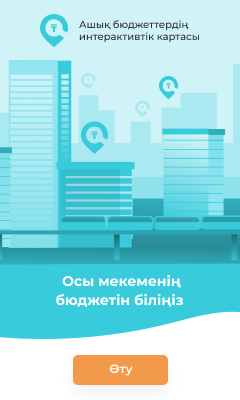
 «Біздің оқушылар үшін жаңа жылдық...
«Біздің оқушылар үшін жаңа жылдық...


